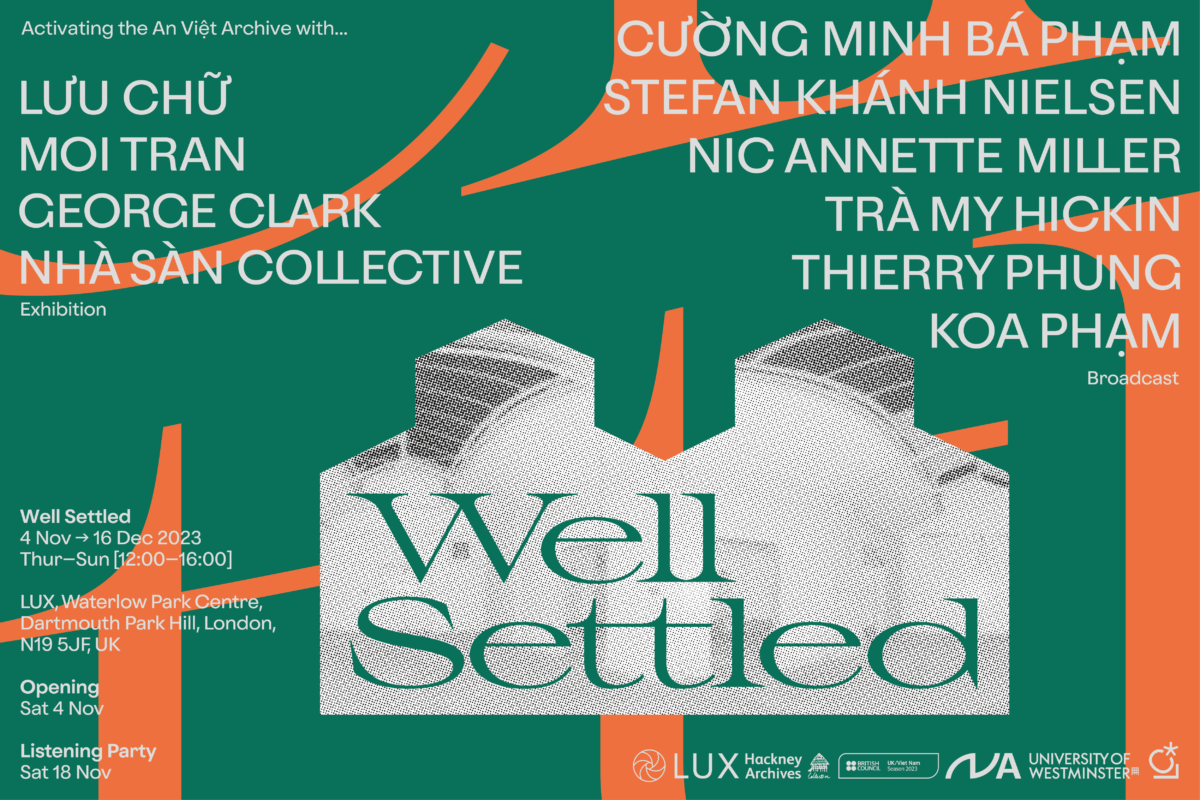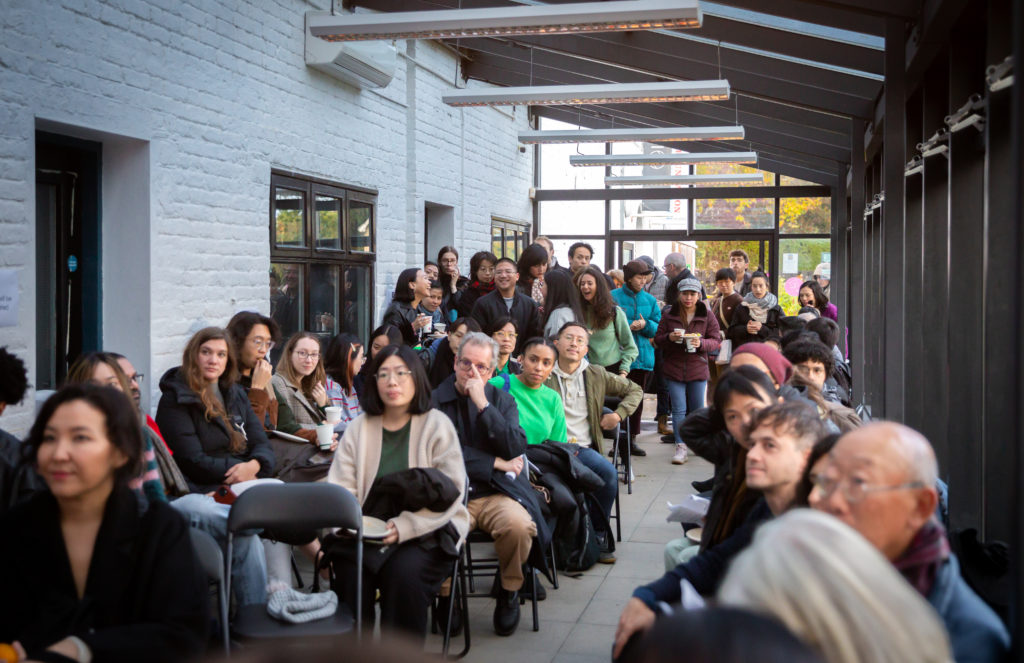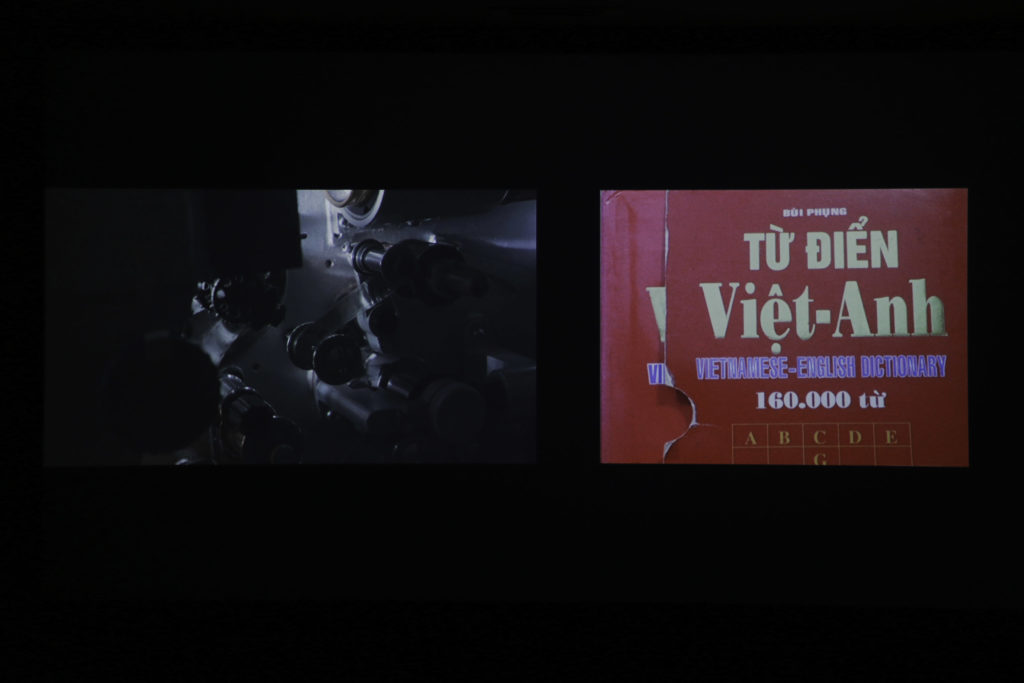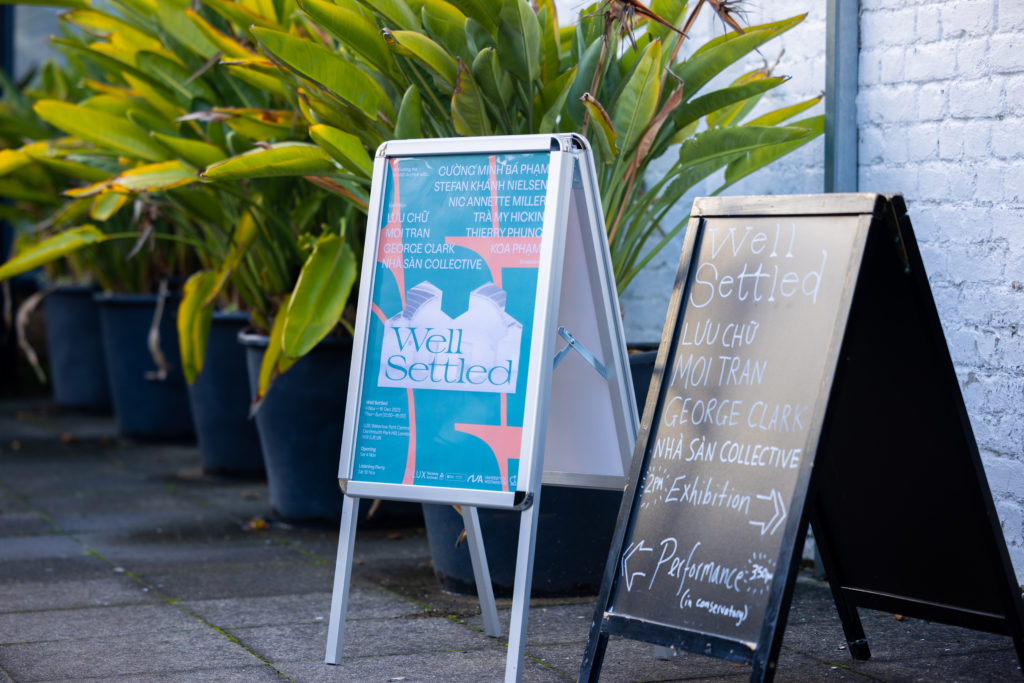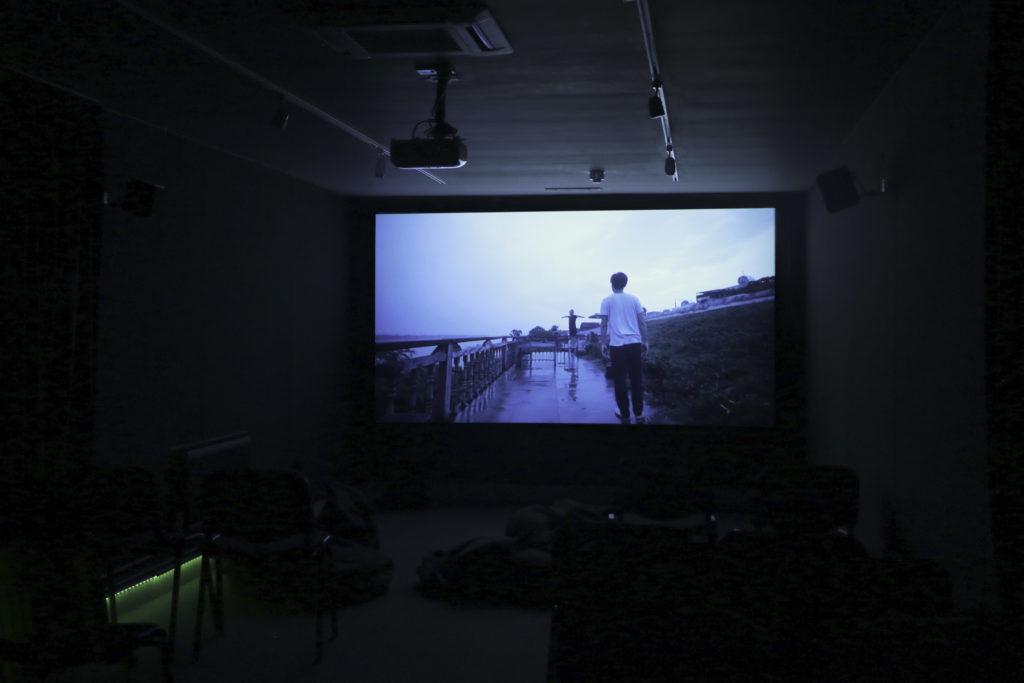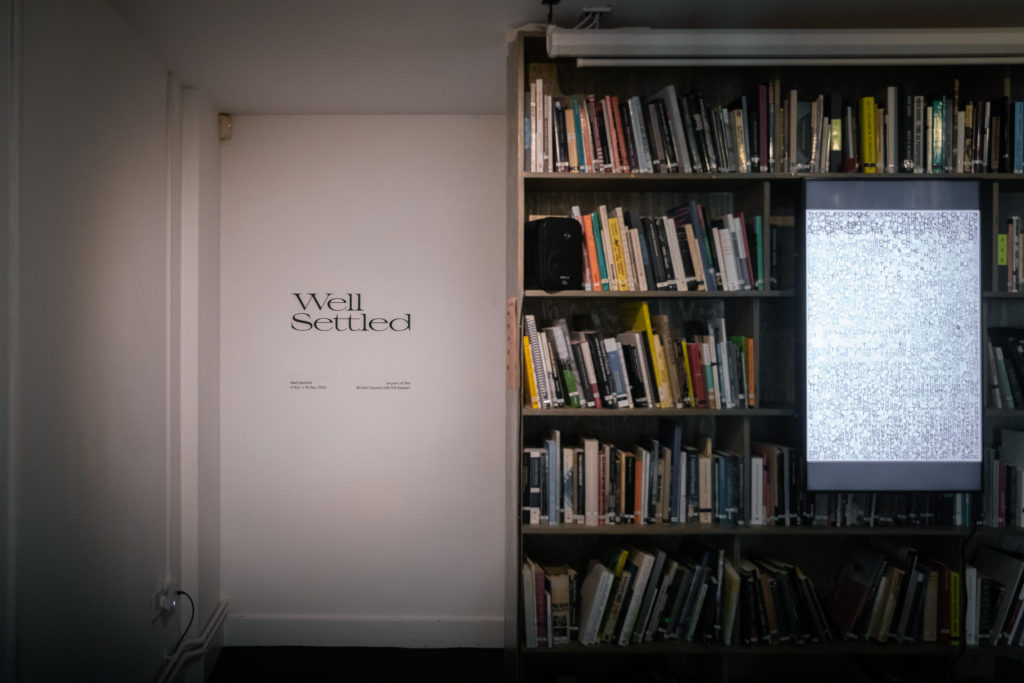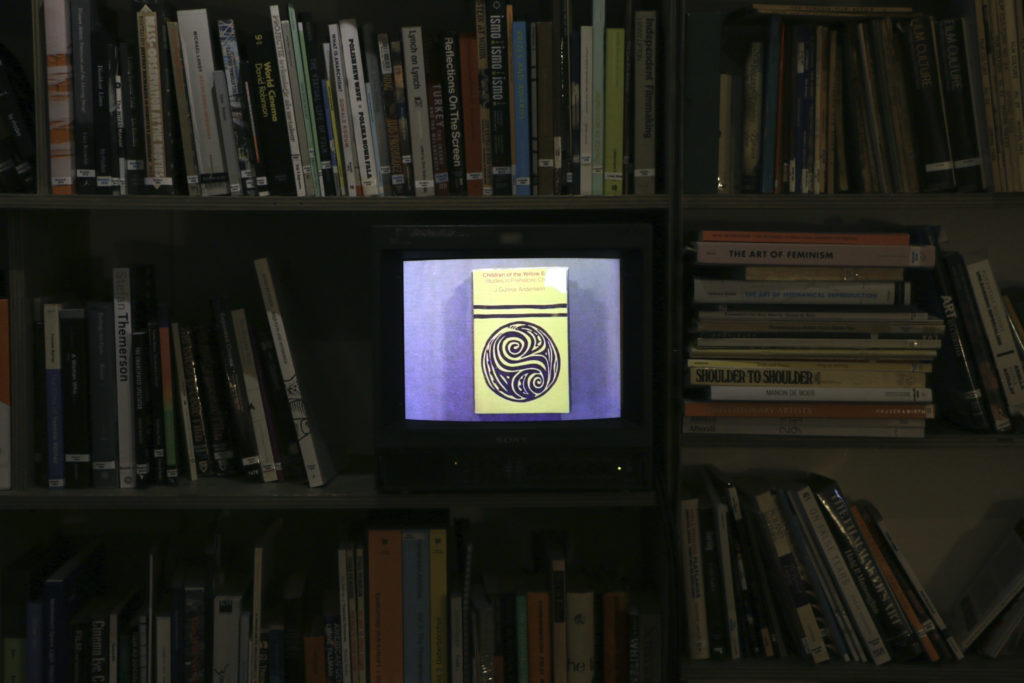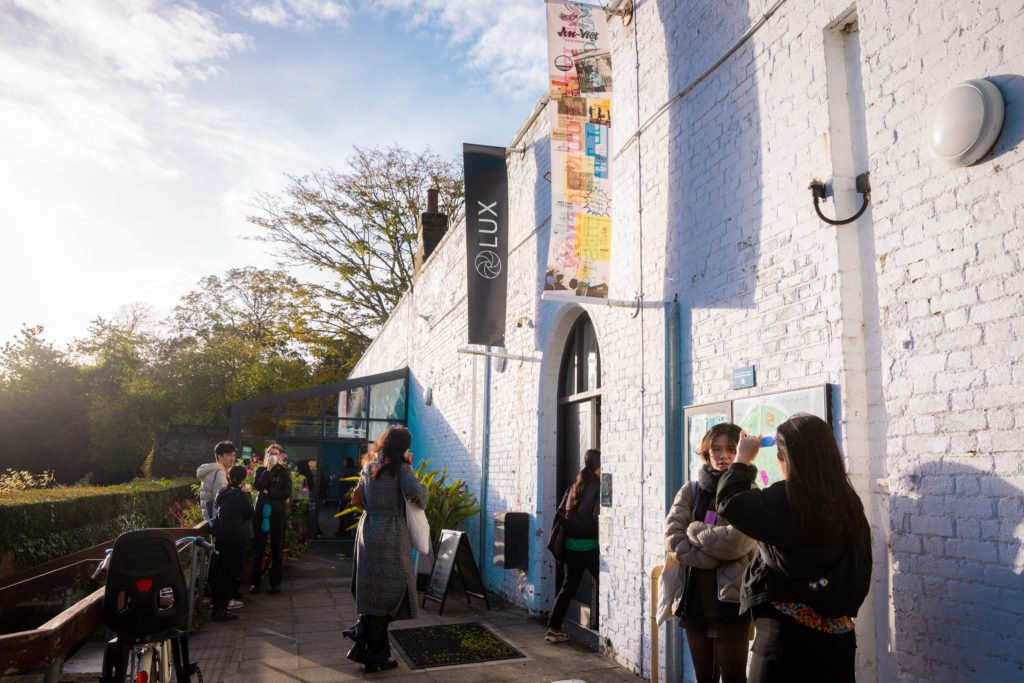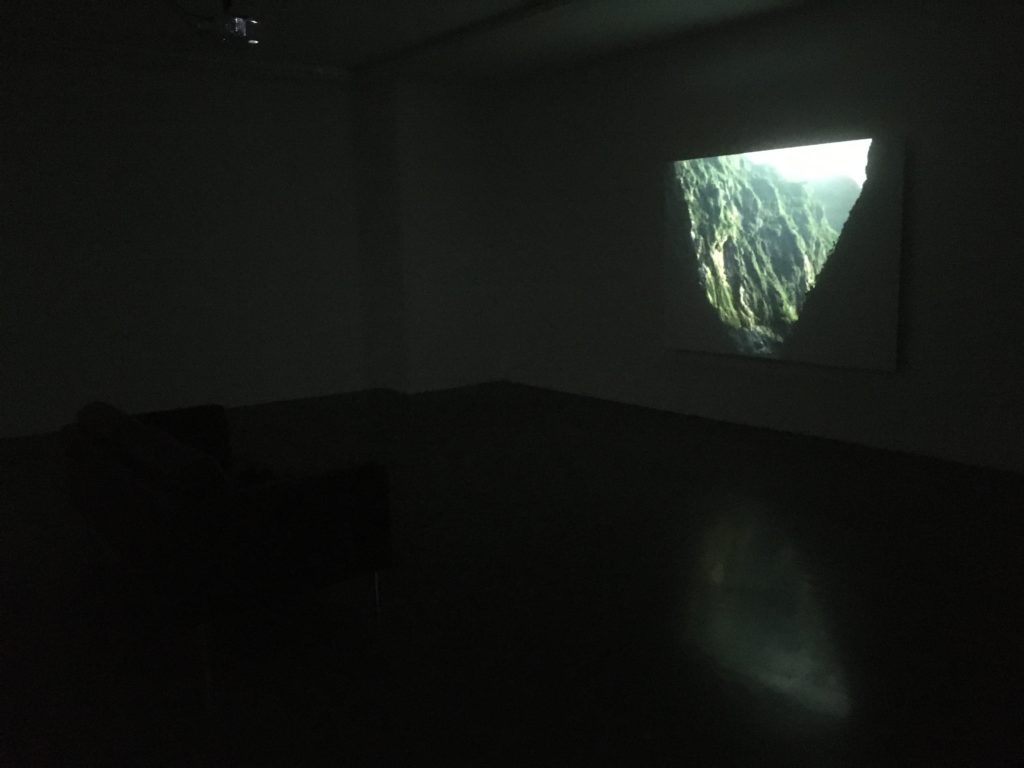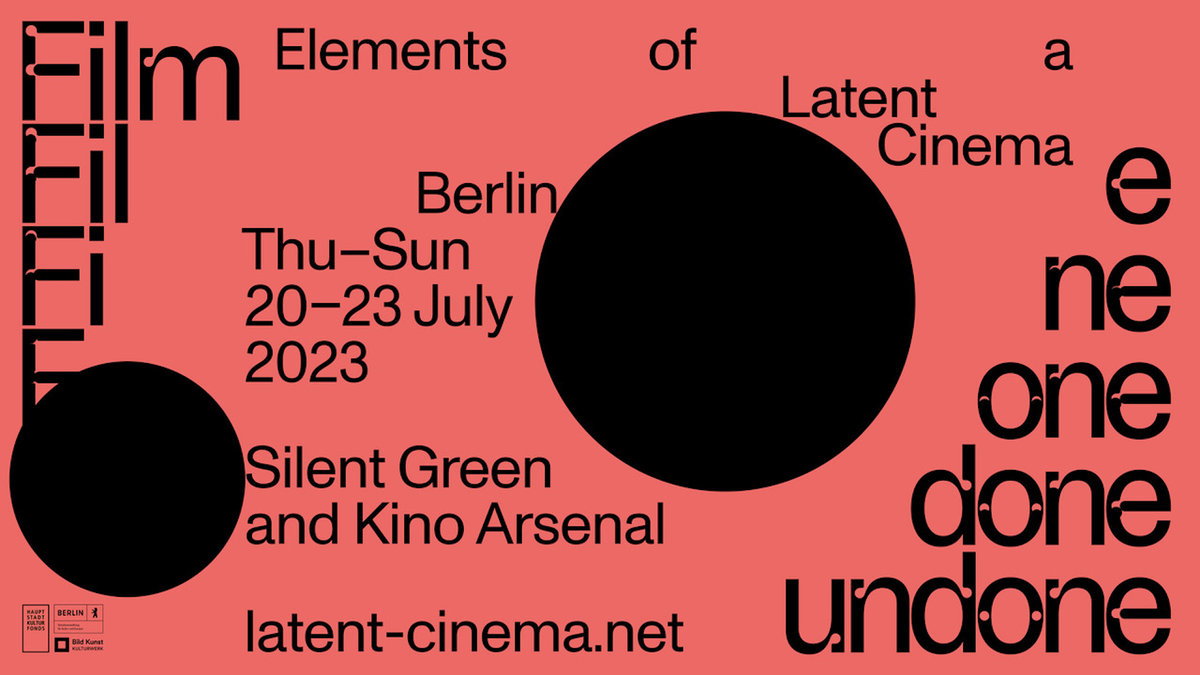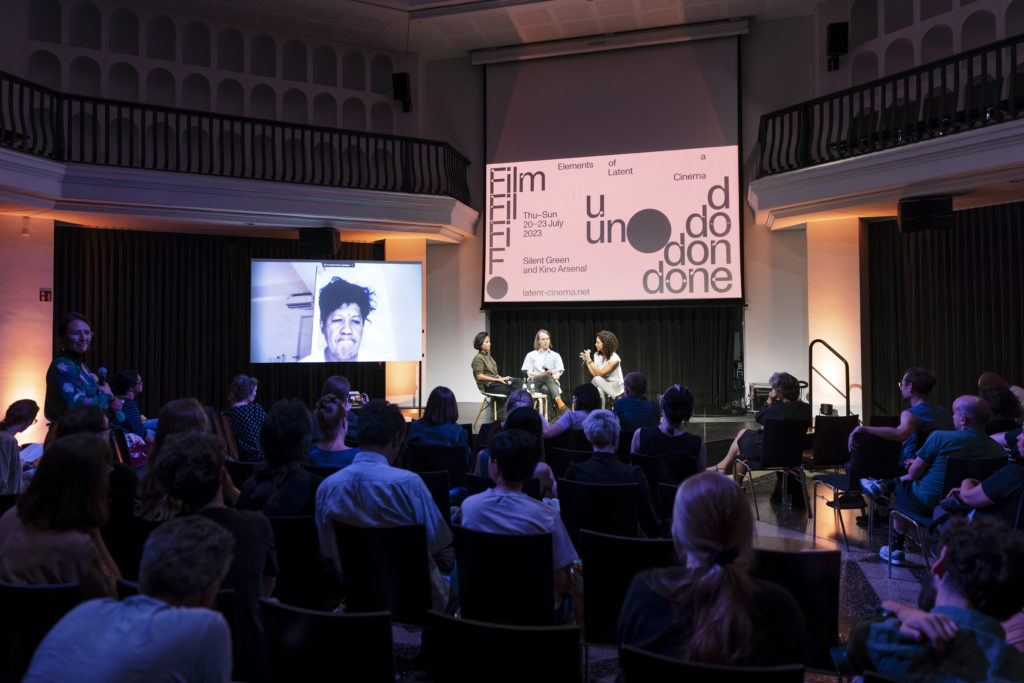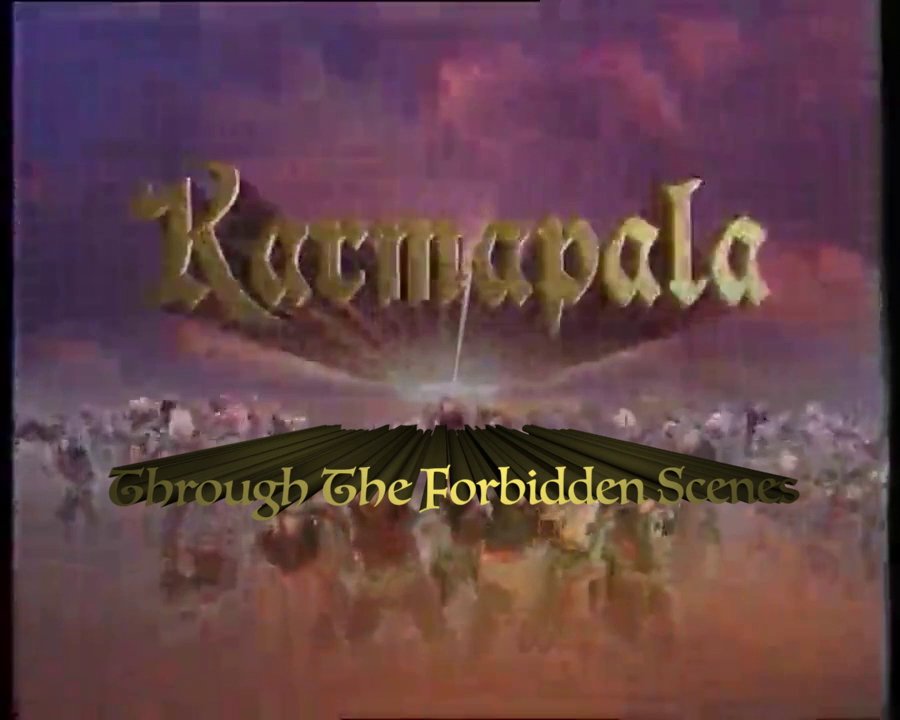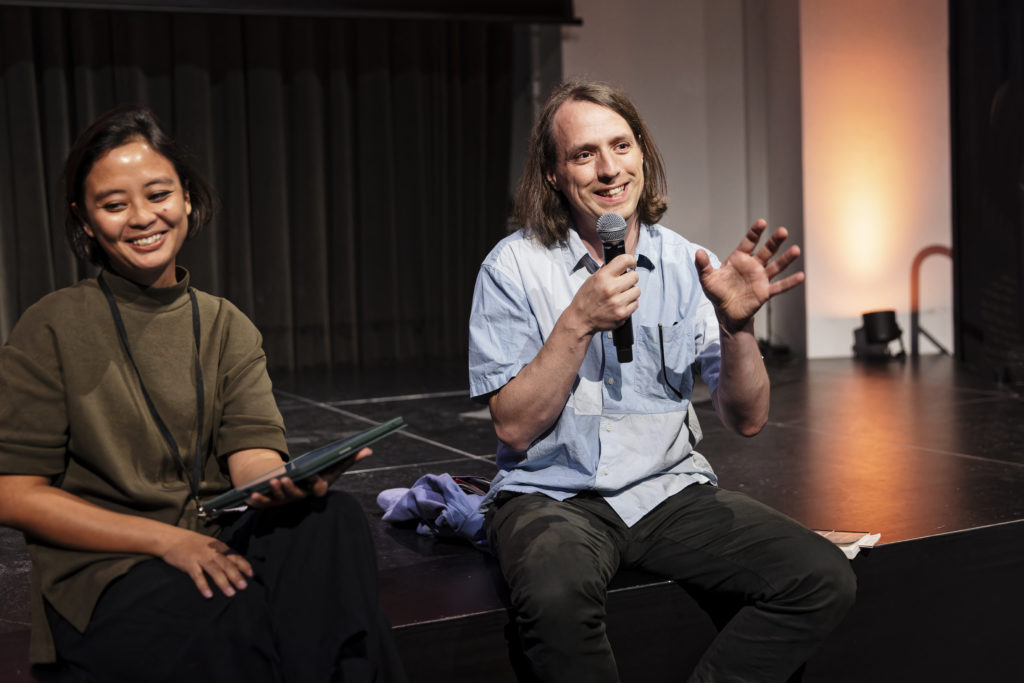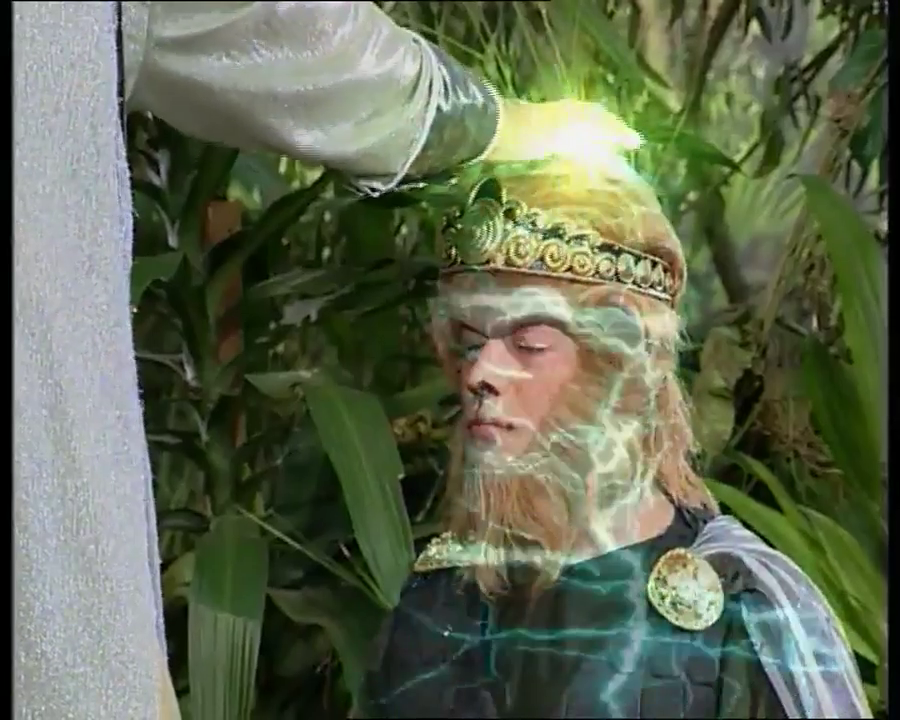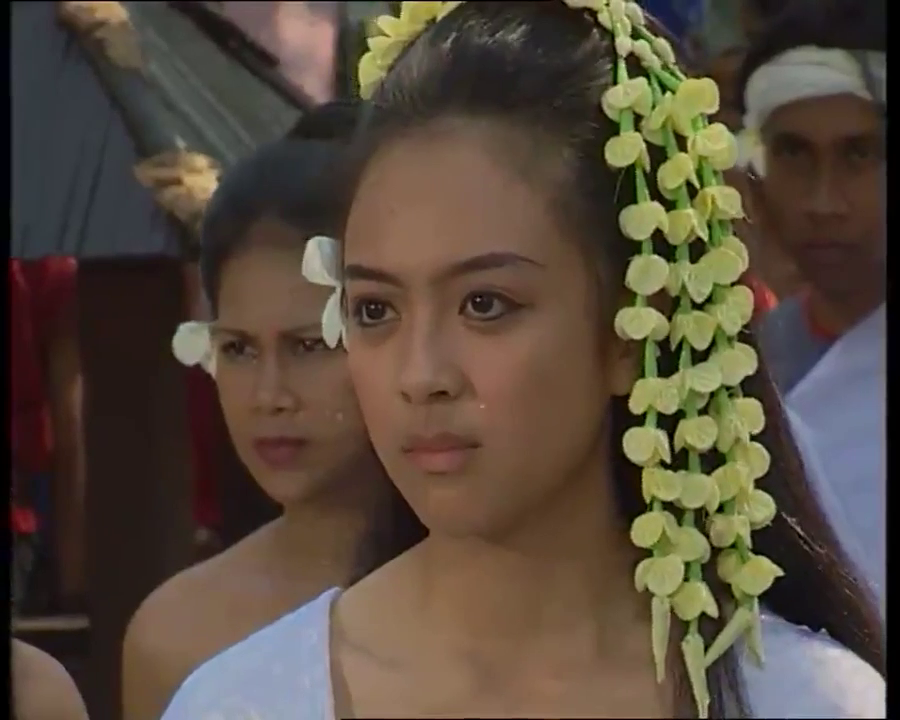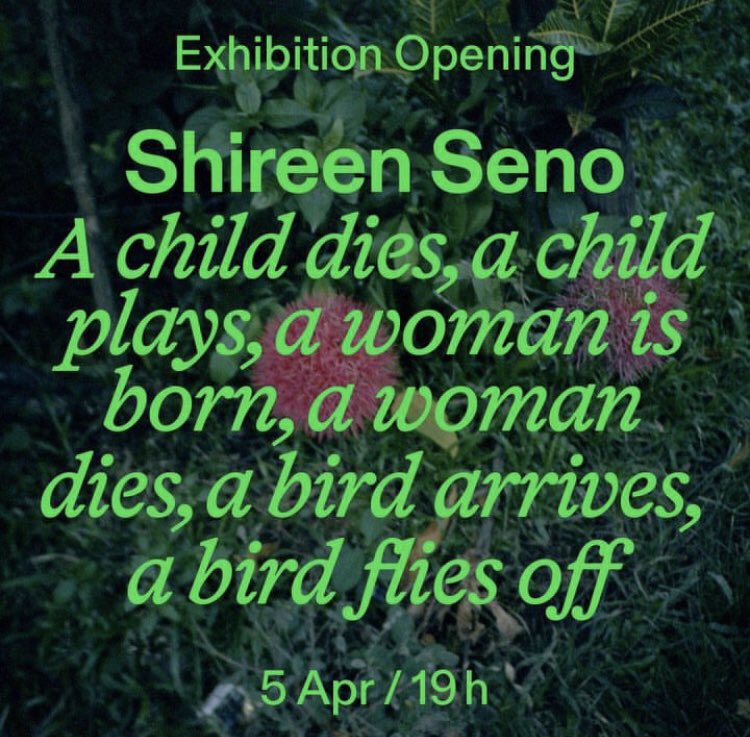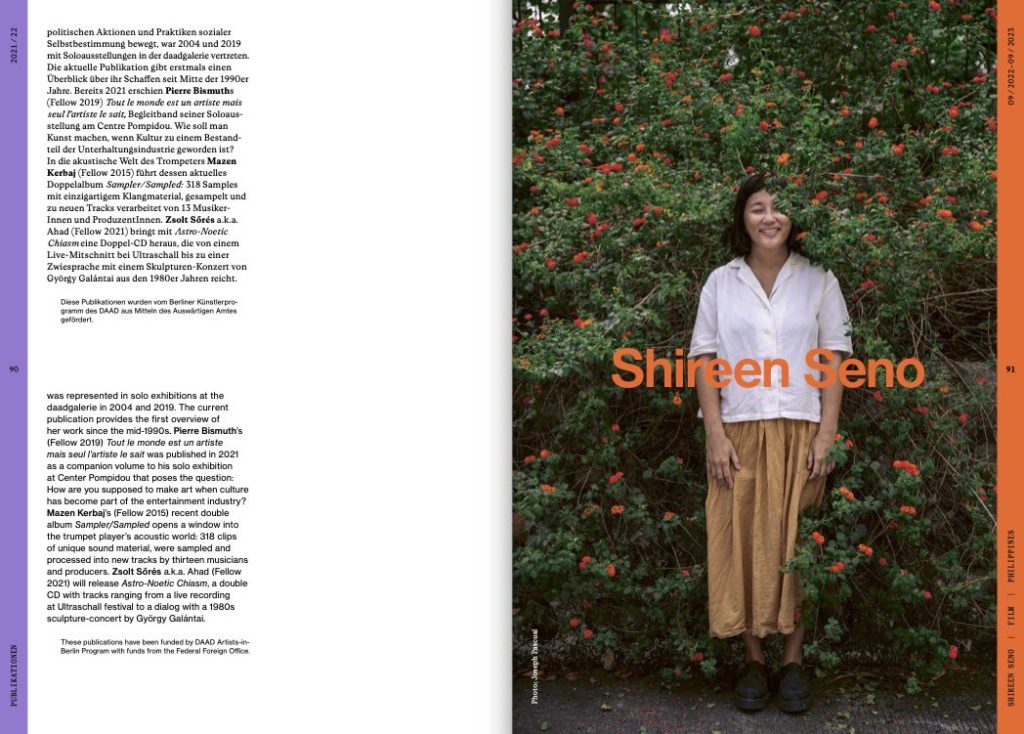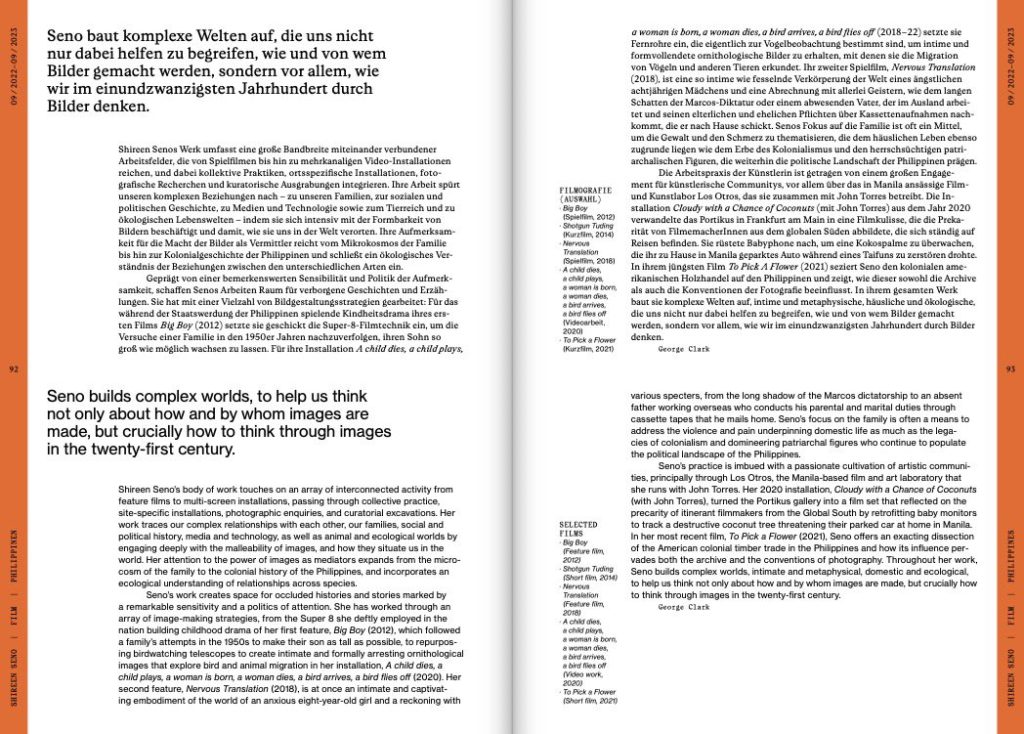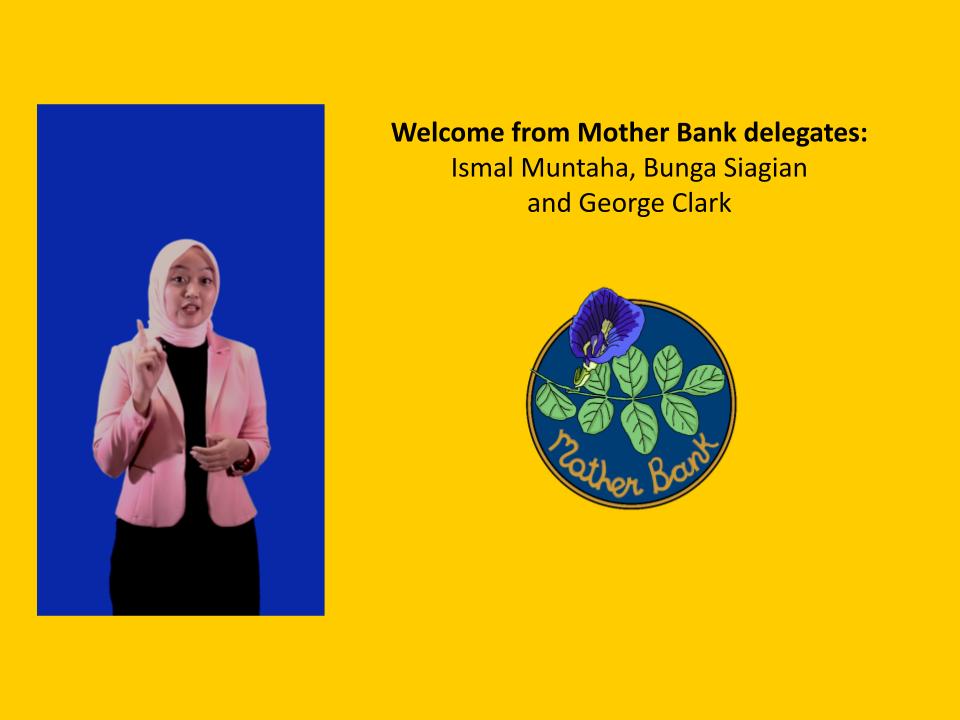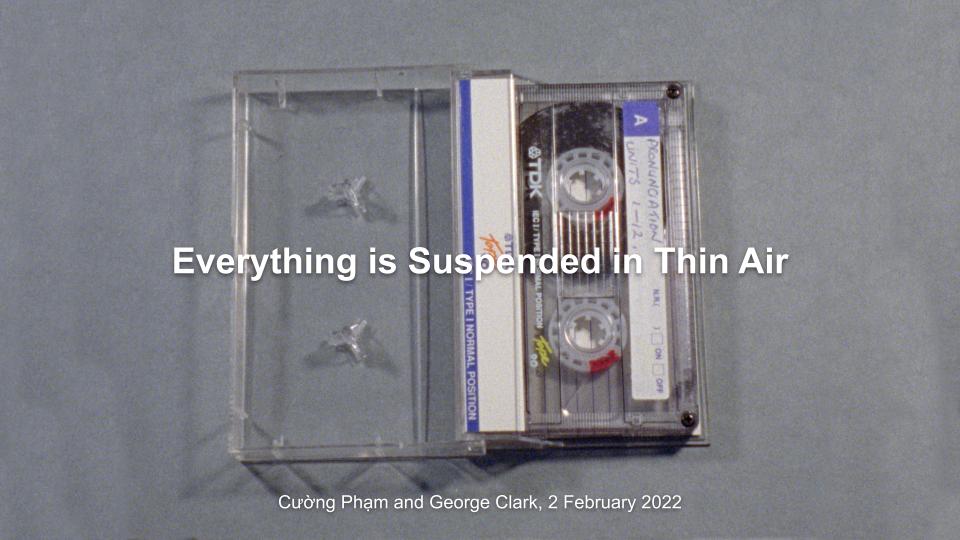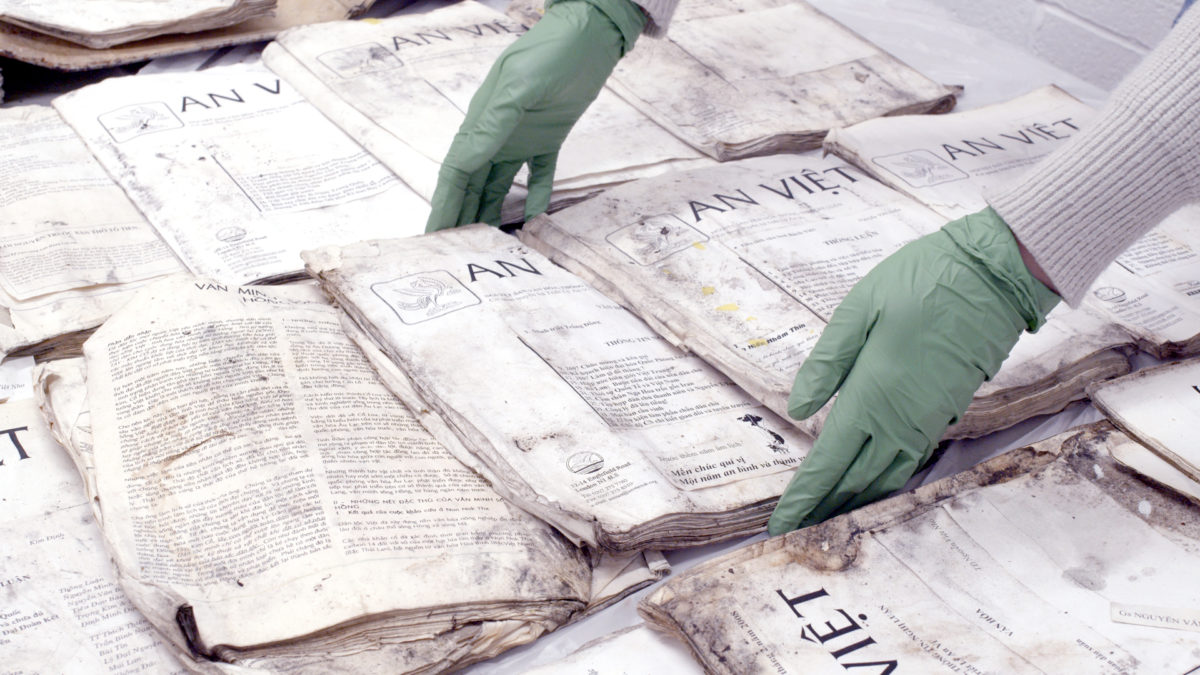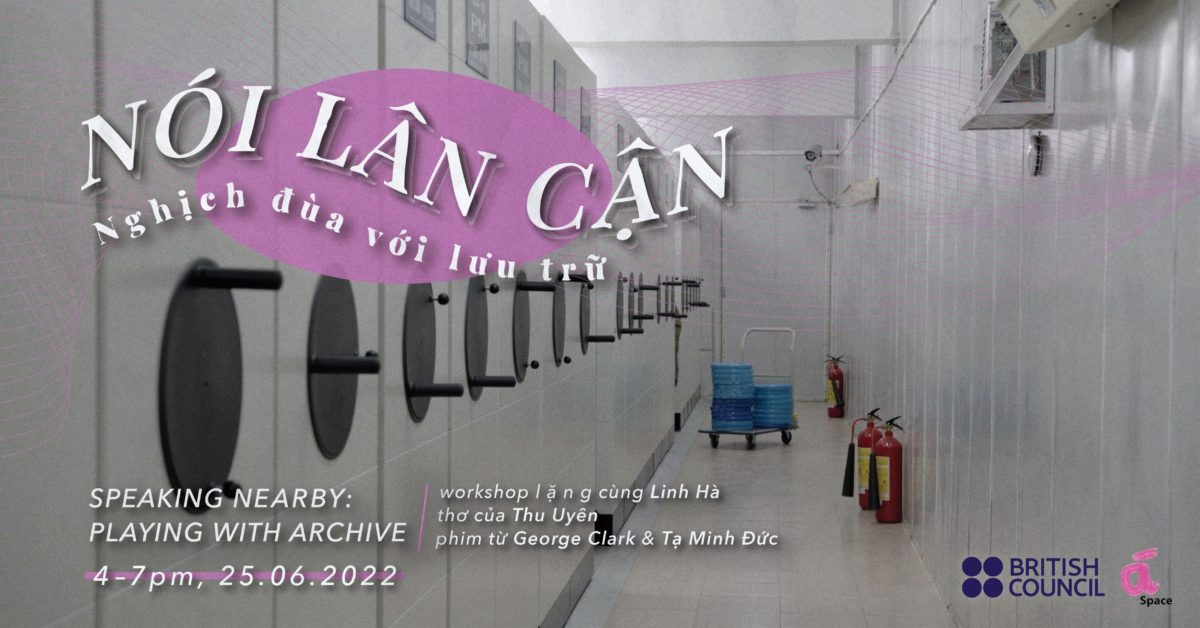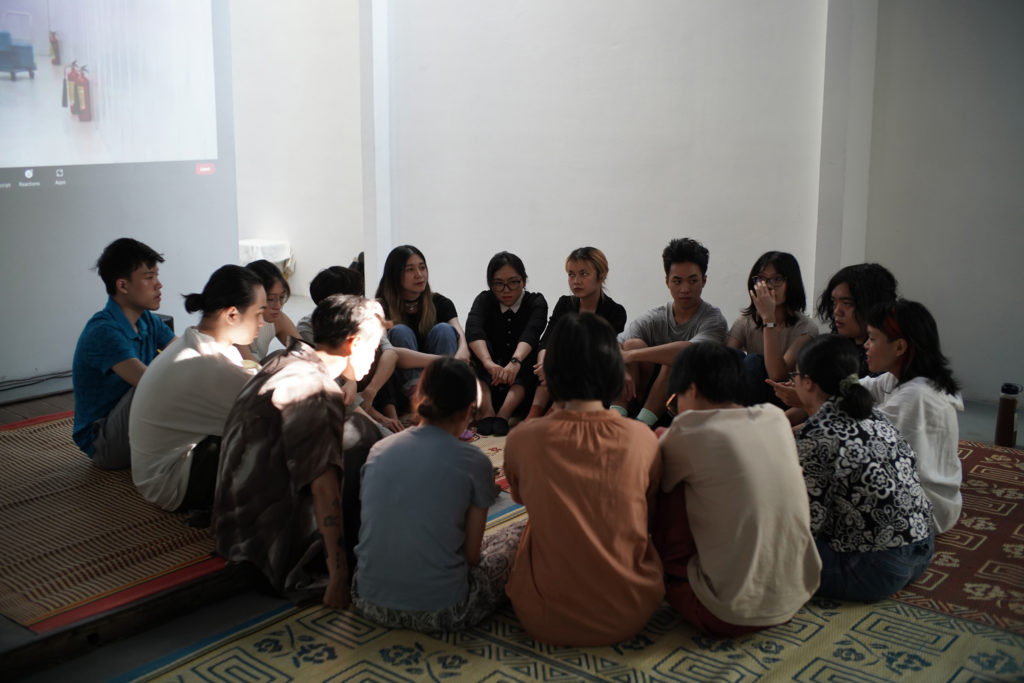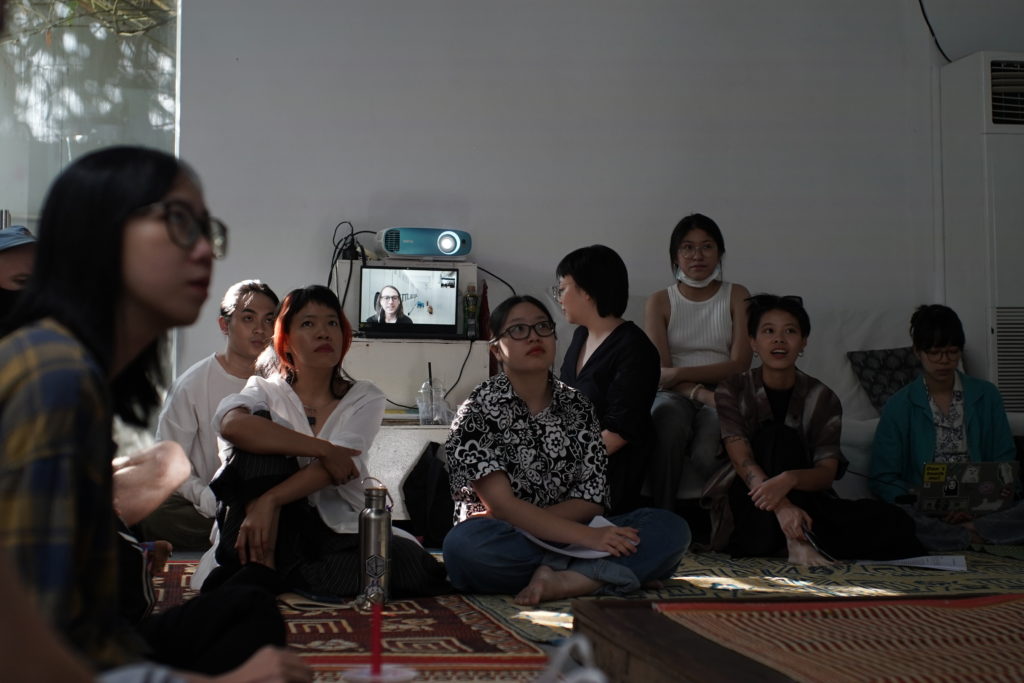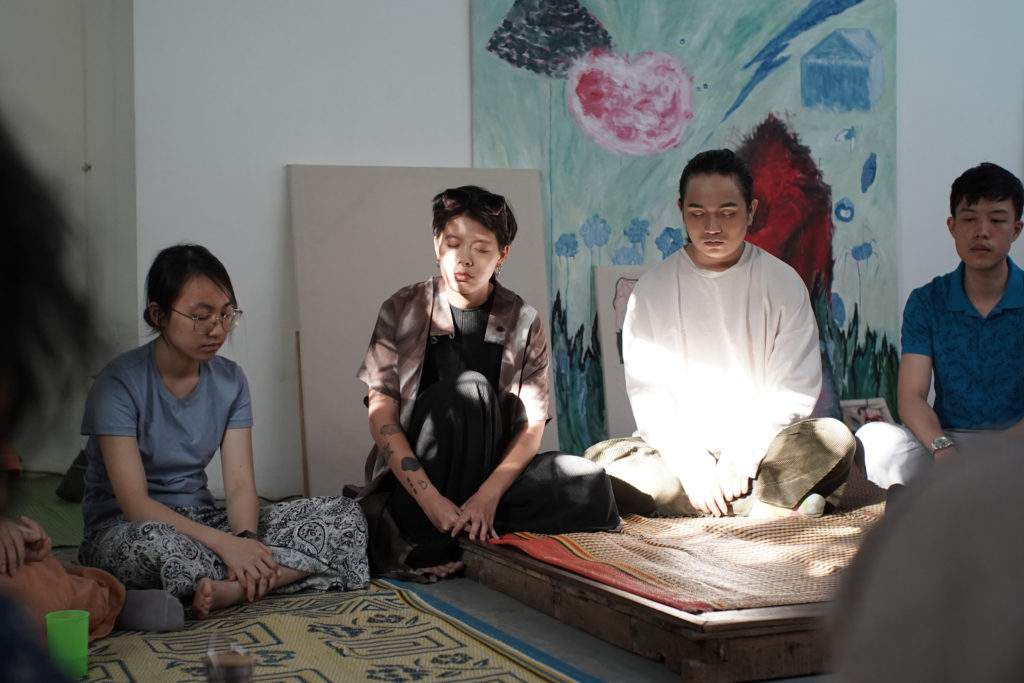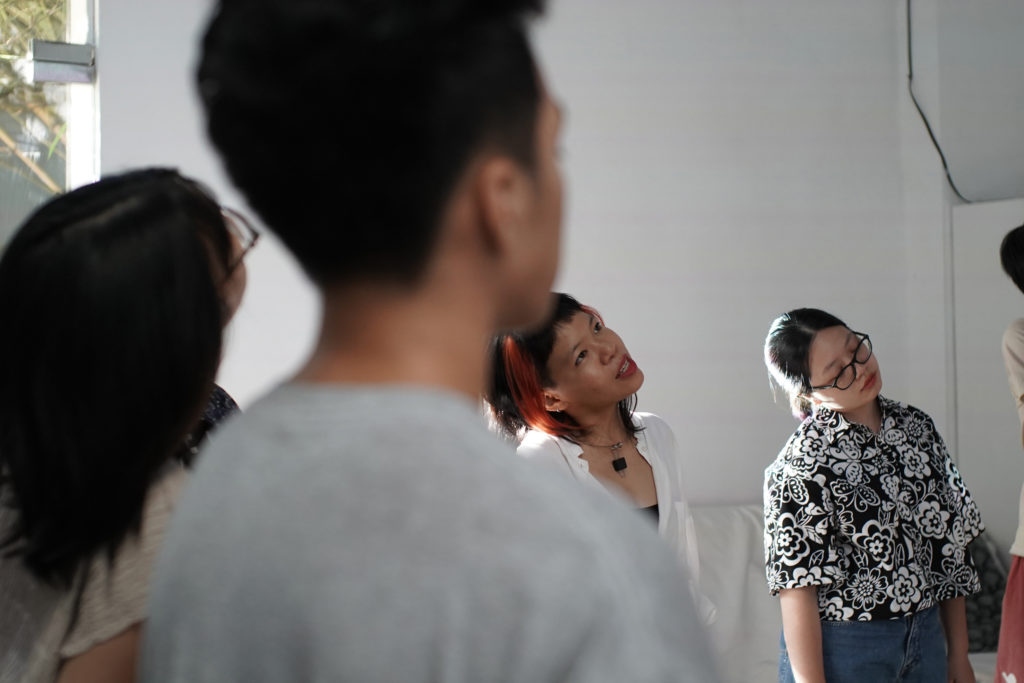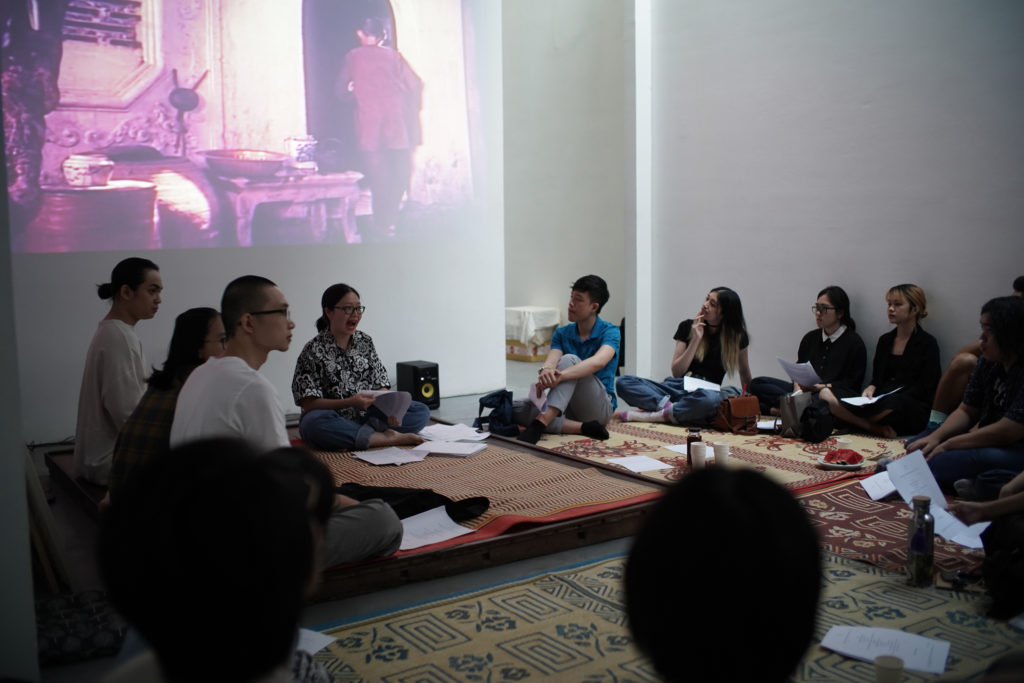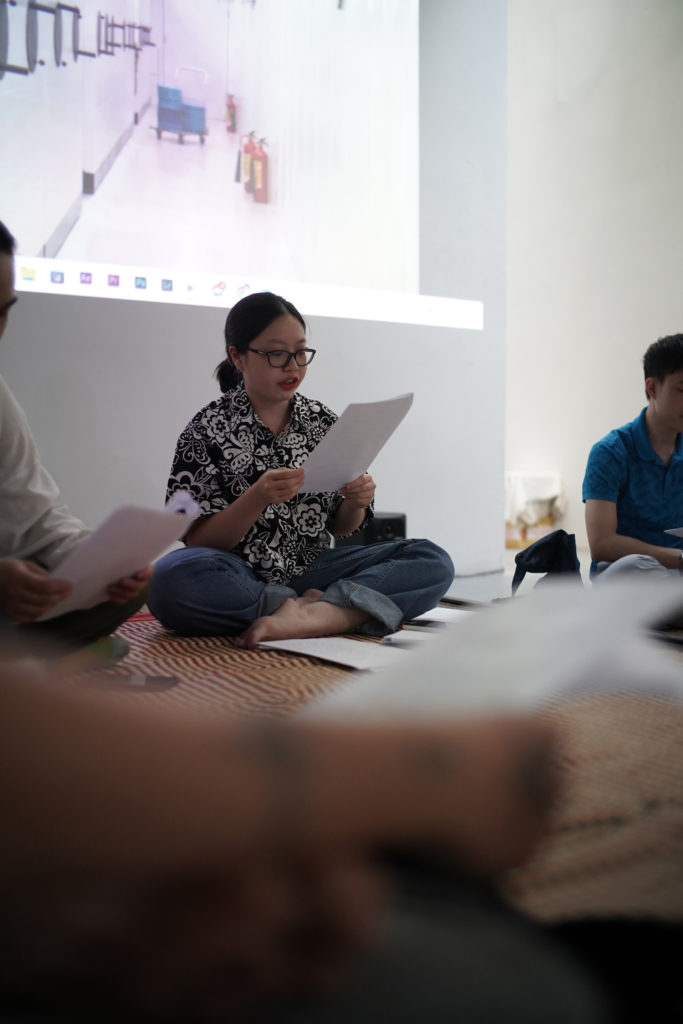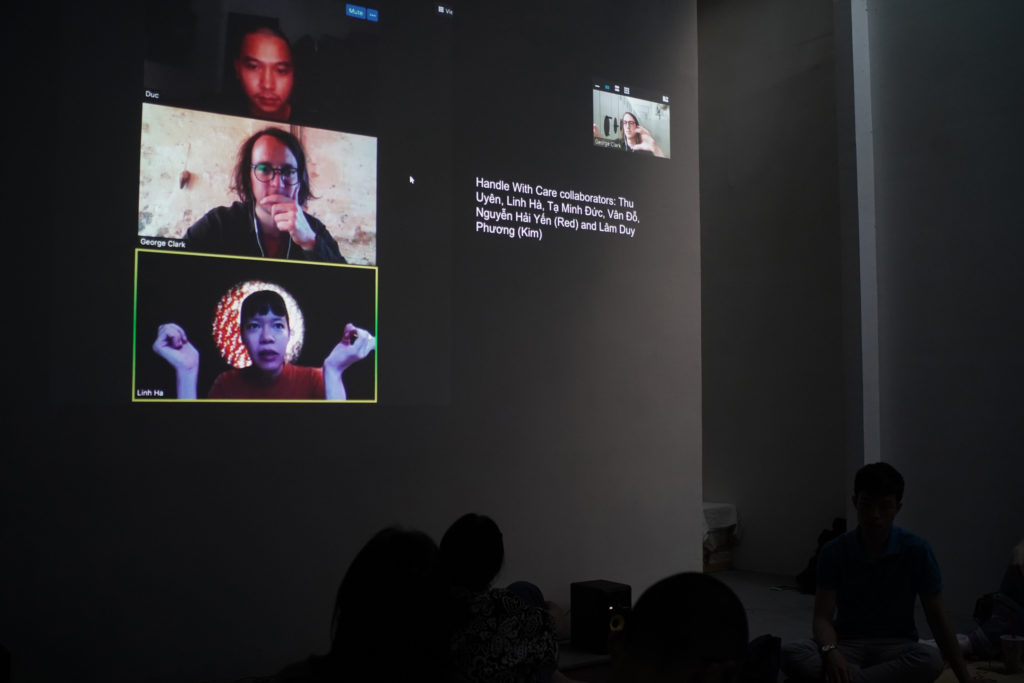ALTERNATING WAVES: IMAGINE THE ARCHIVE
The Outpost & Á Space, Hanoi, Vietnam
24 November – 10 December 2023
Nhà Sàn Collective, with The Outpost Art Organisation and Á Space, presented a program of discussions, as a part of Well Settled project with An Việt Archive. Come to meet Hanoi based artists, curators, architects, to experience artistic documentation and explore artistic experimentation in moving image works, performance art and architecture, and their relations to archives. The program consists of four events in two different locations, during the last two months in 2023 in Hanoi.
The presentations include screening of my film ‘The Scattered Body or A World Unclouded by Dust’ together with other works by Moi Tran, and Nhà Sàn Collective and friends realised during the Well Settled project.
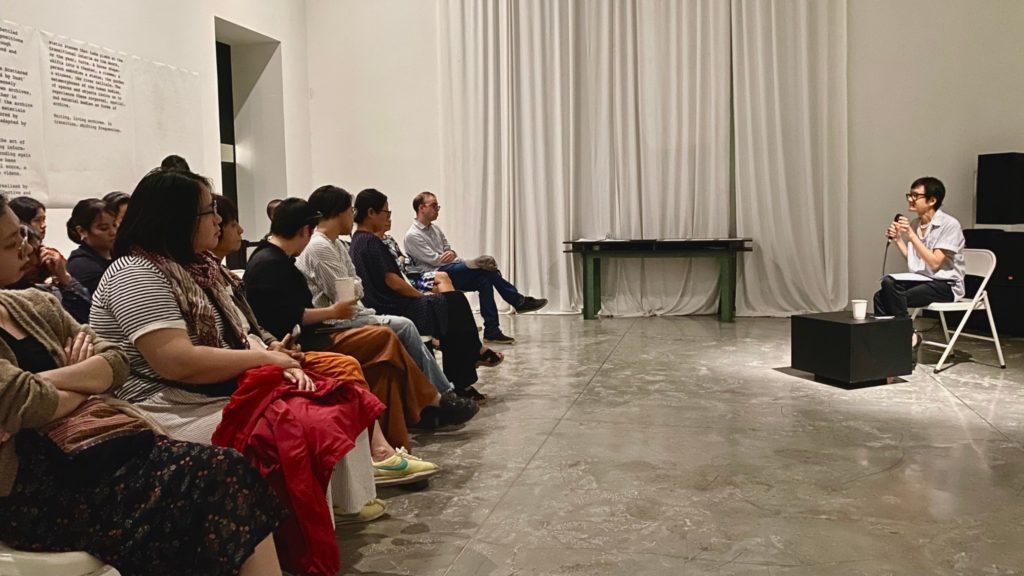
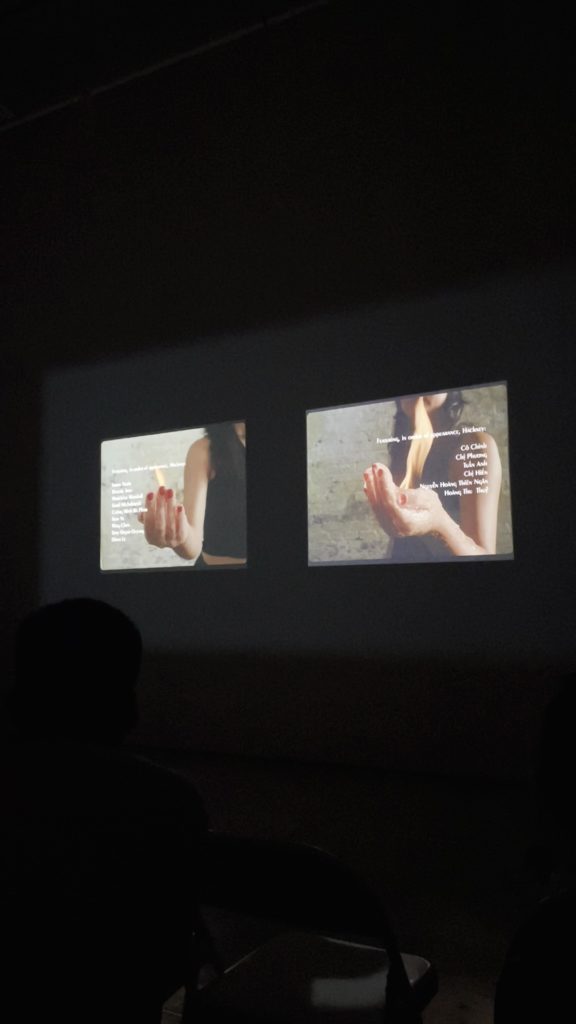
Programme:
#ALTERNATING WAVES, a talk with curator Nguyễn Quốc Thành
Friday 24 Nov, The Outpost
A discussion about new video and sound works by George Clark, Moi Tran, and Nhà Sàn Collective and their friends. Dances and systems of archives. A voice and waves. A music composition, a visual channel. The artworks propose to engage with archives through moving image and sound. But shifting from physical materiality into electronic waves, are there boundaries between archives and art?
#IN : ACT 2023, a proposal of performance art from curator Vũ Đức Toàn, with other participating artists
Saturday 25 Nov, Á Space
The proposal starts with the question on the conventional form of performance art, whereas the body is considered both as material and medium. Having said that, based on a long-standing local understanding of the embodiment of both physical life form and the soul in one body, could the body already have an inherent capacity for archiving?
#A BODY, AN ARCHIVE: a talk with artist/curator Vũ Đức Toàn
Sunday: 3 Dec 2023, The Outpost
Questions about the body and body language initiated Vu Duc Toan’s proposal, challenging the notion of actions that are still considered critical in performance art. When a performance begins, it unfolds in front of the audience a scene that encompasses not only actions but also bodies: the artist, space, spectators, objects, and the intangible entities stemming from performance acts. If the body is also a repository, then where, how, and what kind of records do artists or viewers can access? The physicality of the body, the performance act itself, or the camera recording it, which of these holds the archive?
#Space of architecture, space of archive: talk with architect Mai Hưng Trung, Hanoi Ad Hoc
Sunday, 10 Dec 2023, The Outpost
Cheap motel rooms are designed to look like family bedrooms. Daring expansions in socialist housing complexes. Re-imagination of villager identity and communal living in an urban setting. The project “Hanoi Ad Hoc 2.0 // Dwelling in the Flow” is concerned with creative adaptation and open-mindedness, transformations regarding forms, programs, and cultures occurring within the heart of Hanoi. Somewhere in the continuously evolving living spaces, individual and collective memories are preserved. Could it be that these adaptations and customization themselves are lines of archive data?
About the project
Commissioned by An Việt Archive – the largest known British-Vietnamese community archive in the UK, the project proposes to explore the archive through the medium of moving image and sound. This approach suggests the experience of physical materials such as printed matters, books, and objects located in An Viet as a shift into an electronic realm. The commissioned artworks present archives as materials that need to be taken apart, felt by touch, presence to be known through bodies and space. Objects, living spaces, bodies, and body movements are the objects of the recording camera, transformed into symbols and sounds. They too are forms of living archives, already existing systems of memory. This two-way and parallel shift occurs between archive and art practices.
In Vietnam, the program is organized to present new directions in artistic practices of George Clark, Moi Tran, Nhà Sàn Collective and friends, through discussions with artists/curators Nguyễn Quốc Thành, Vũ Đức Toàn and architect Mai Hưng Trung. A part of the project is a broadcast commission ‘Amplifying Archives’ by Cường Minh Bá Phạm, Trà My Hickin, Koa Phạm, Stefan Nielsen, Nic Annette Miller, and Thierry Phung, as result of a larger year-long project to develop new tools for accessing, activating and sharing the collection and shared heritage.
In the UK, ‘Well Settled‘, a parallel exhibition is taking place in Lux Moving Image, London, 4 November – 16 December 2023.
The projects are commissioned by An Việt Archives, supported by the British Council as part of the UK/Vietnam Season 2023 and Hackney Archives, LUX, The Outpost, Nhà Sàn Collective, Á Space and the University of Westminster. Changing Waves program is part of the UK/Vietnam Season 2023 to celebrate the 50th anniversary of diplomatic relationships between Vietnam and the UK, and the 30th anniversary of the British Council in Vietnam.

